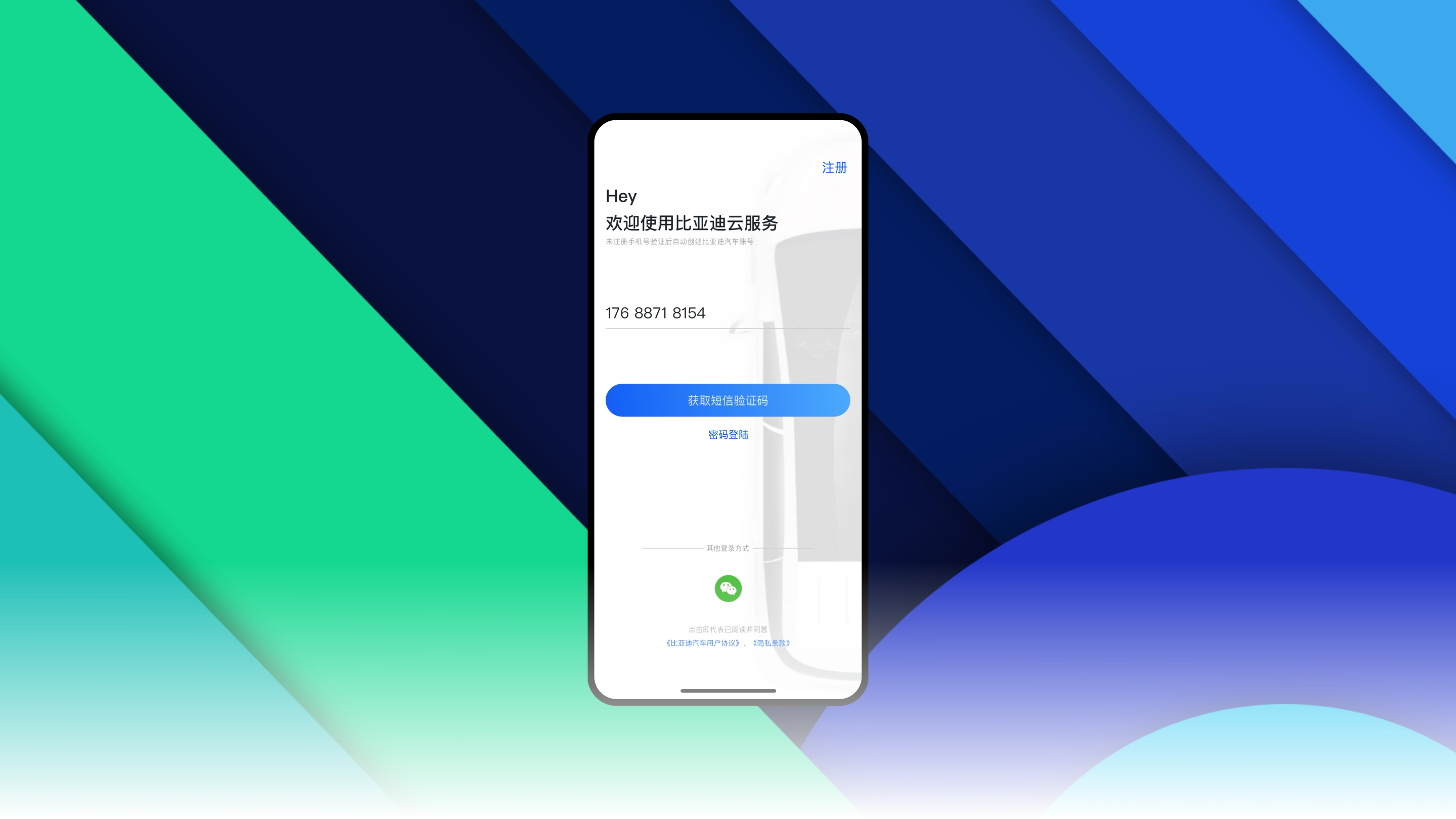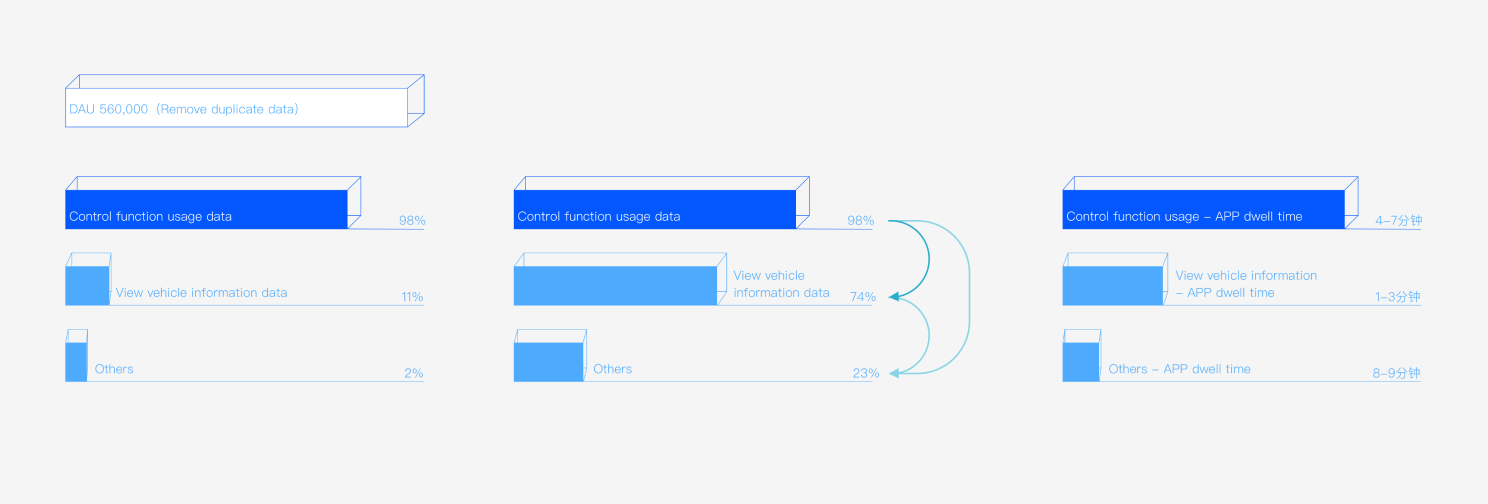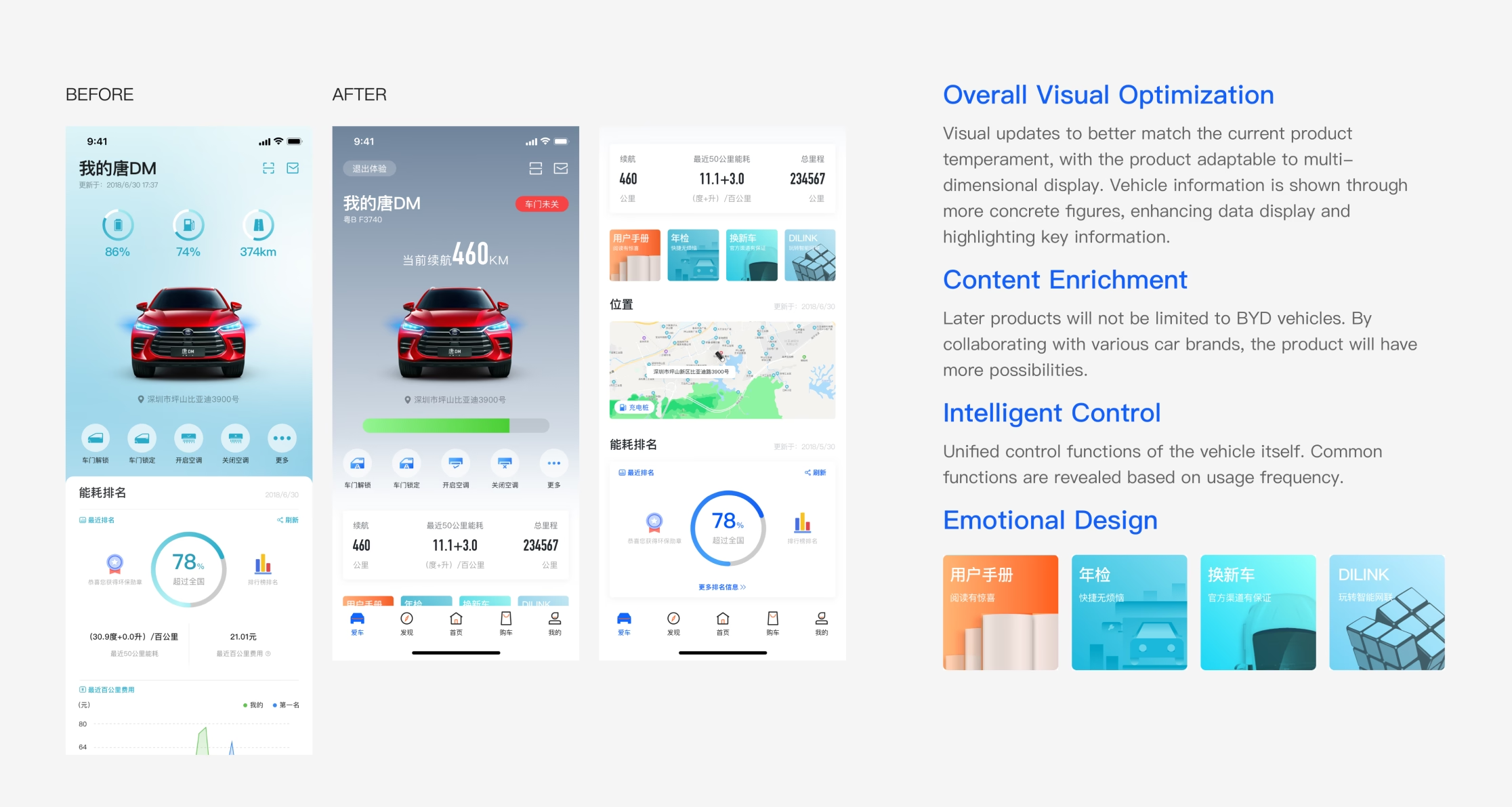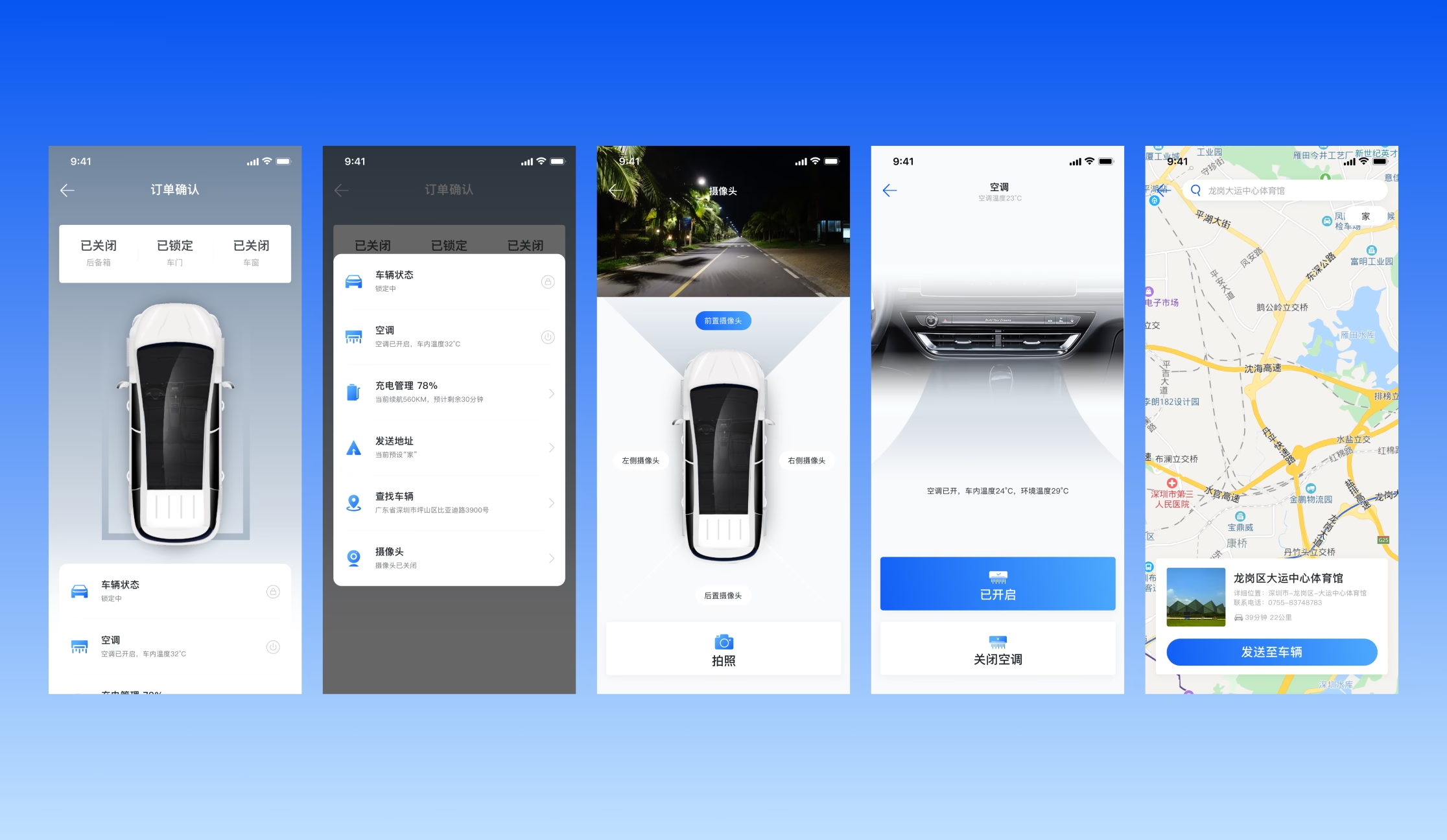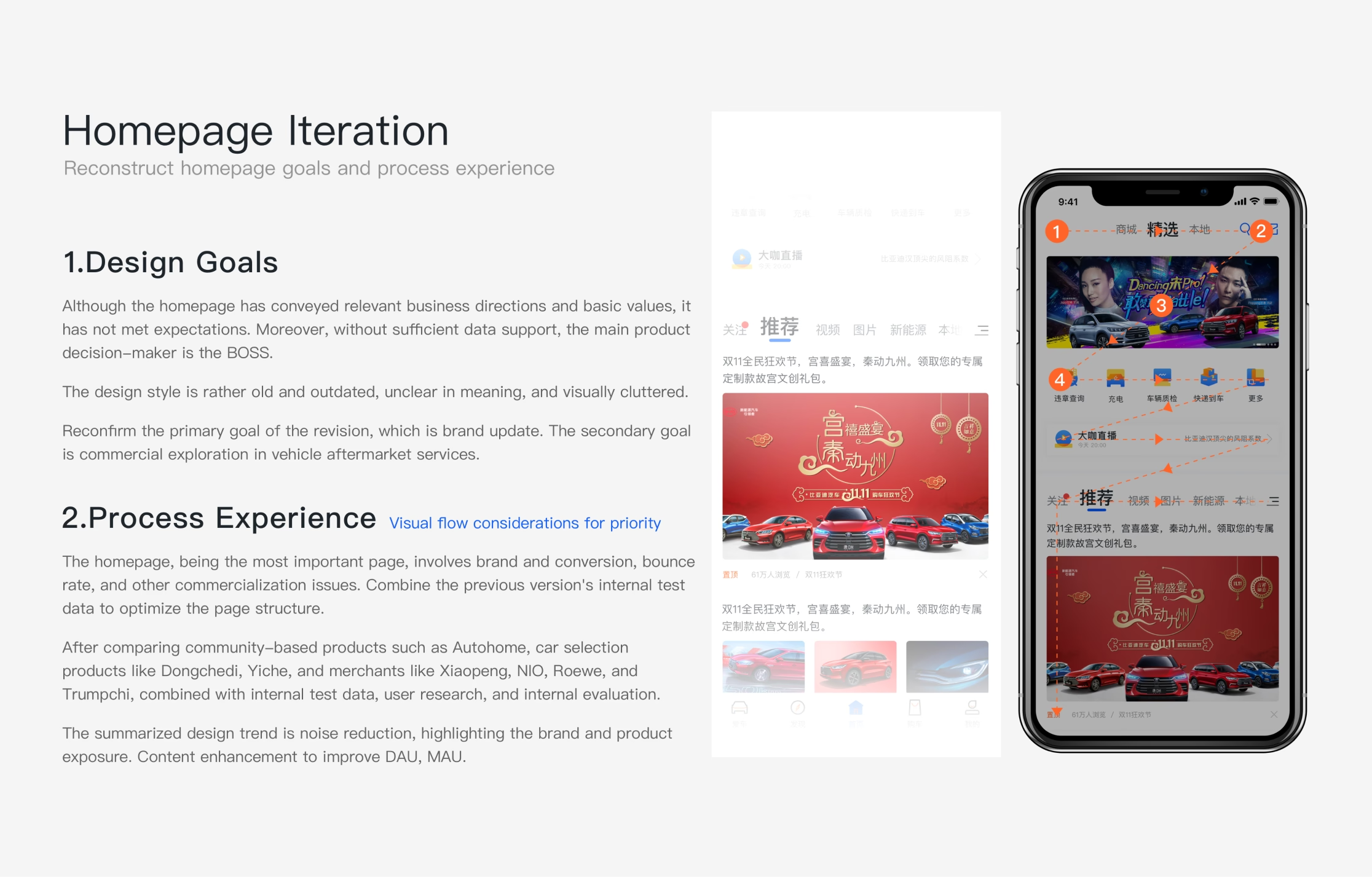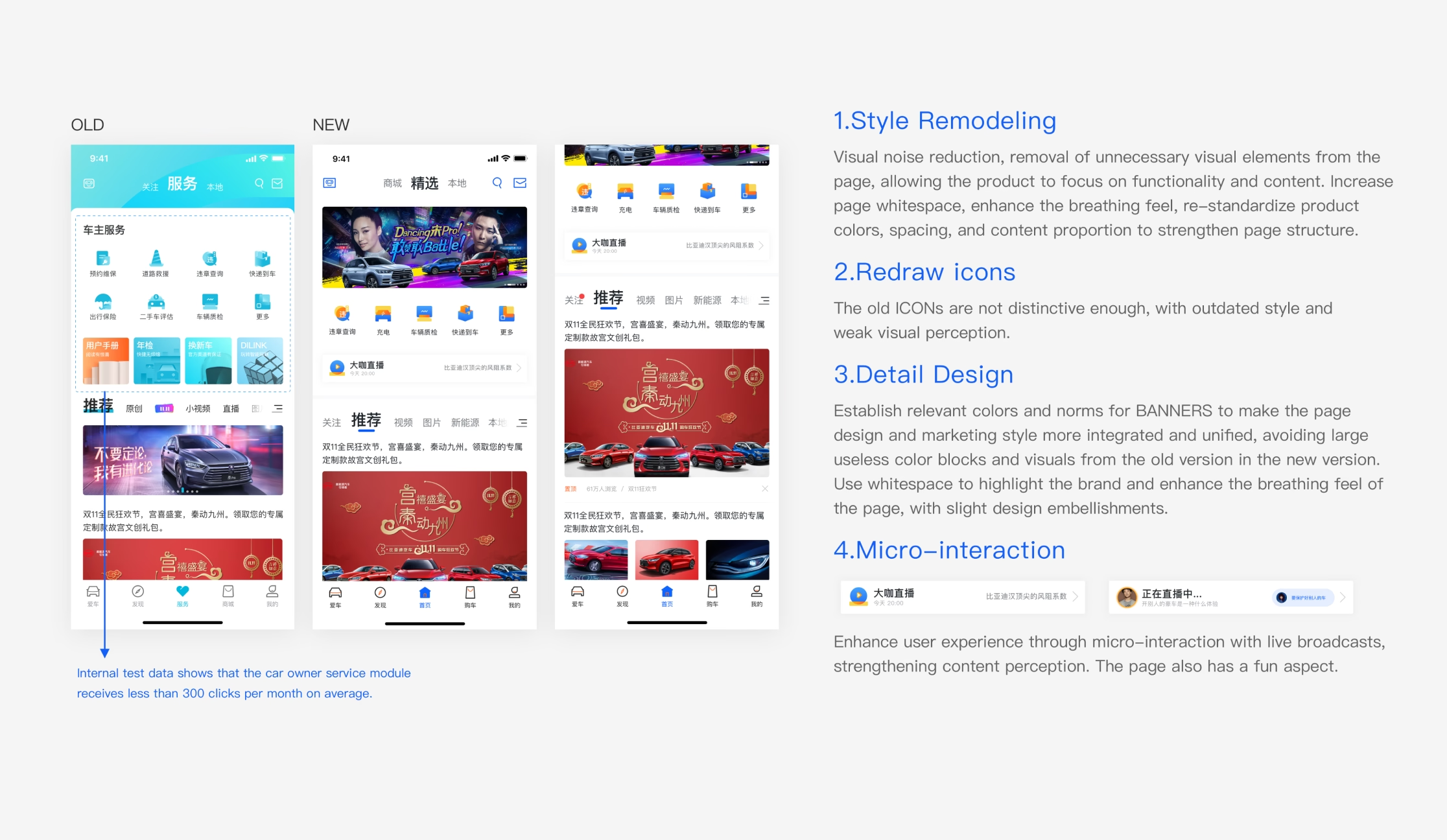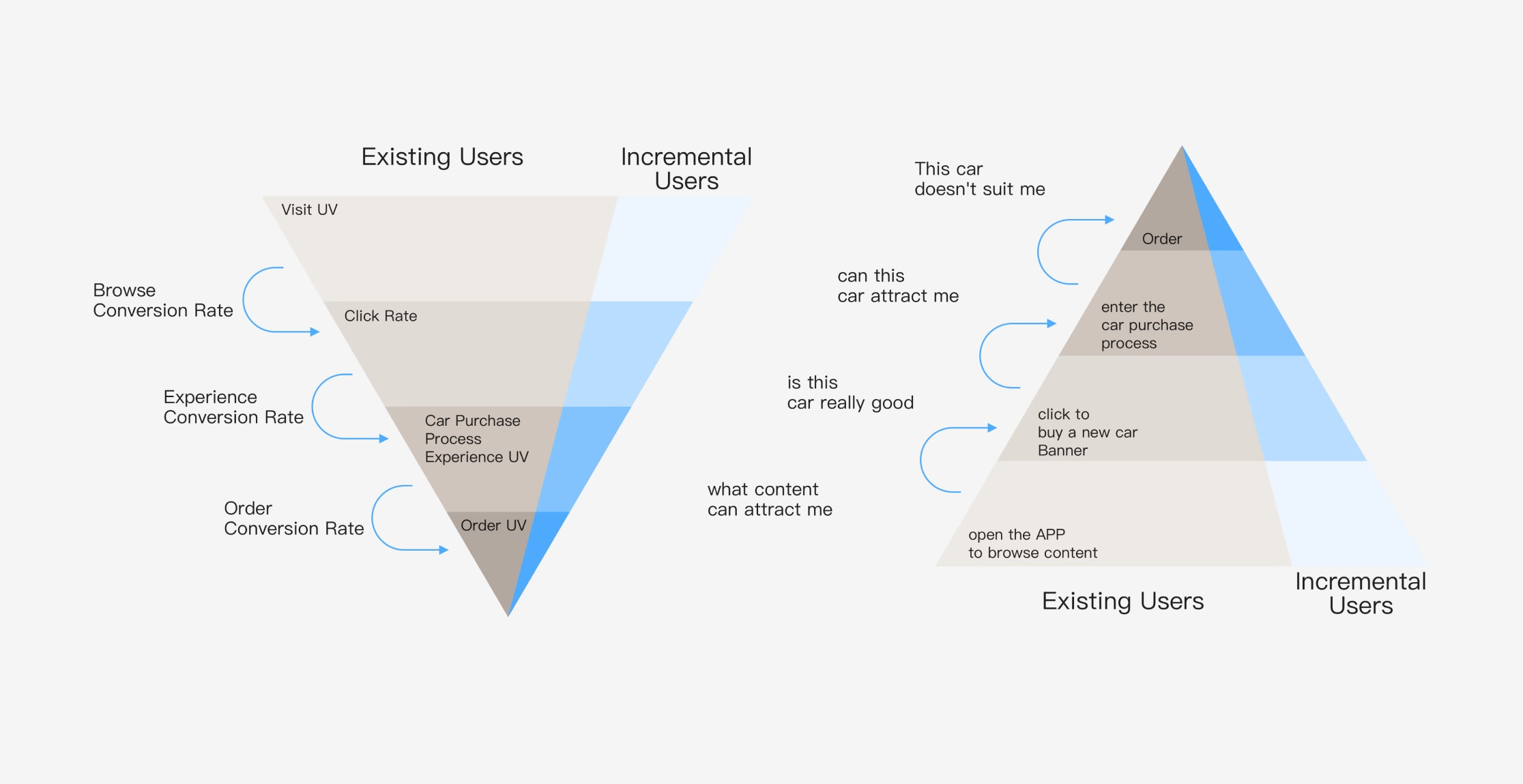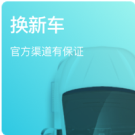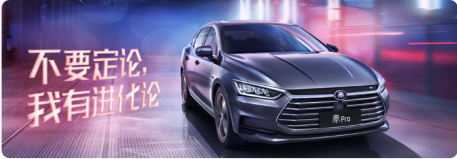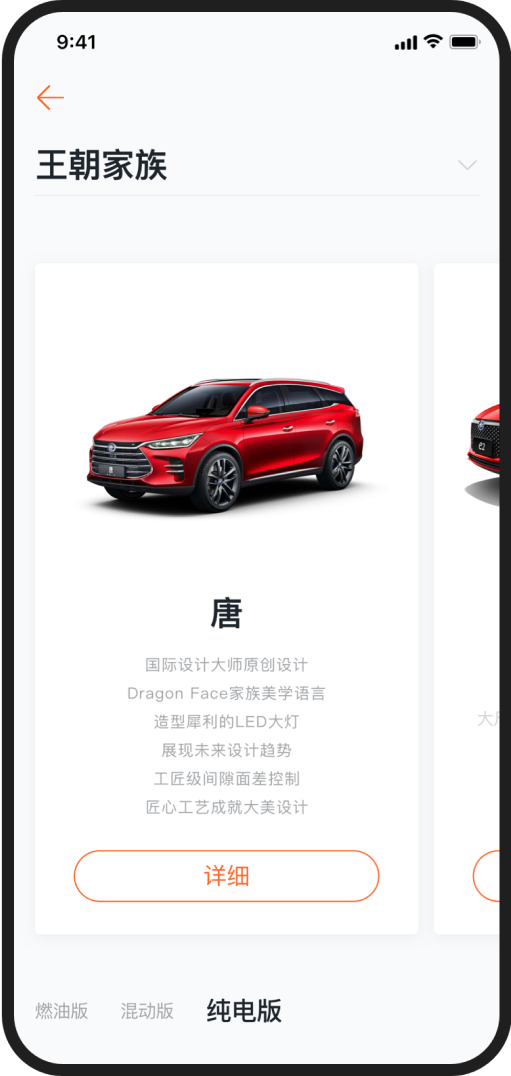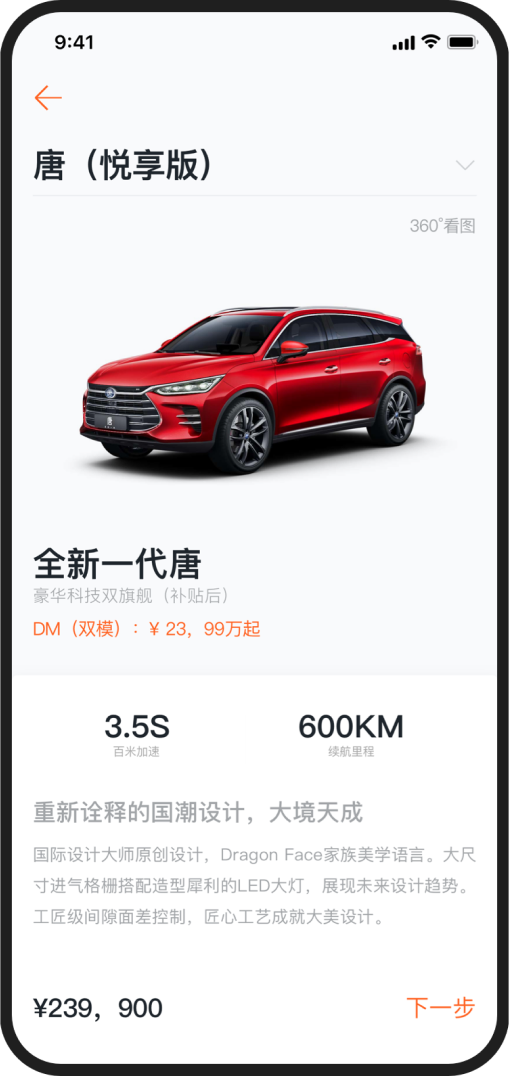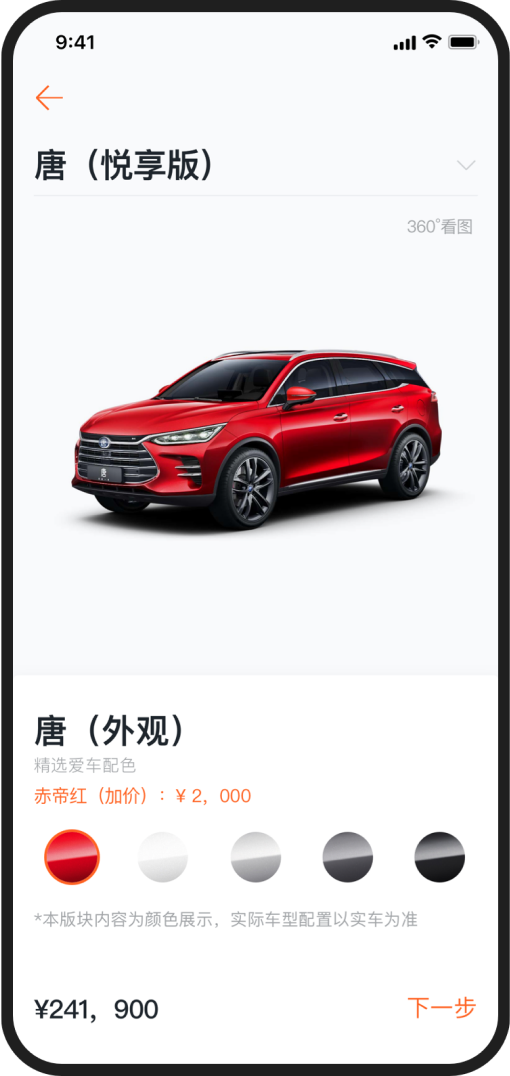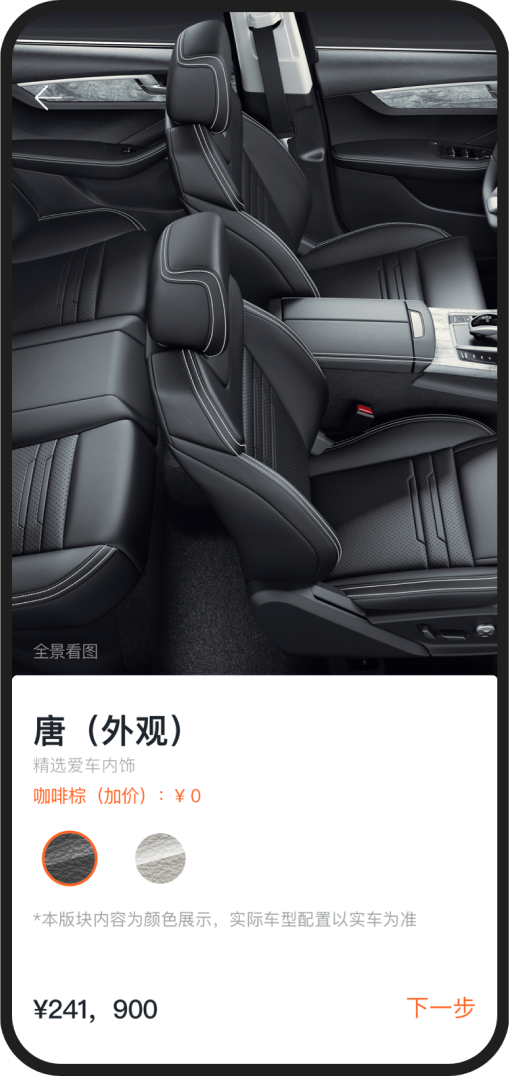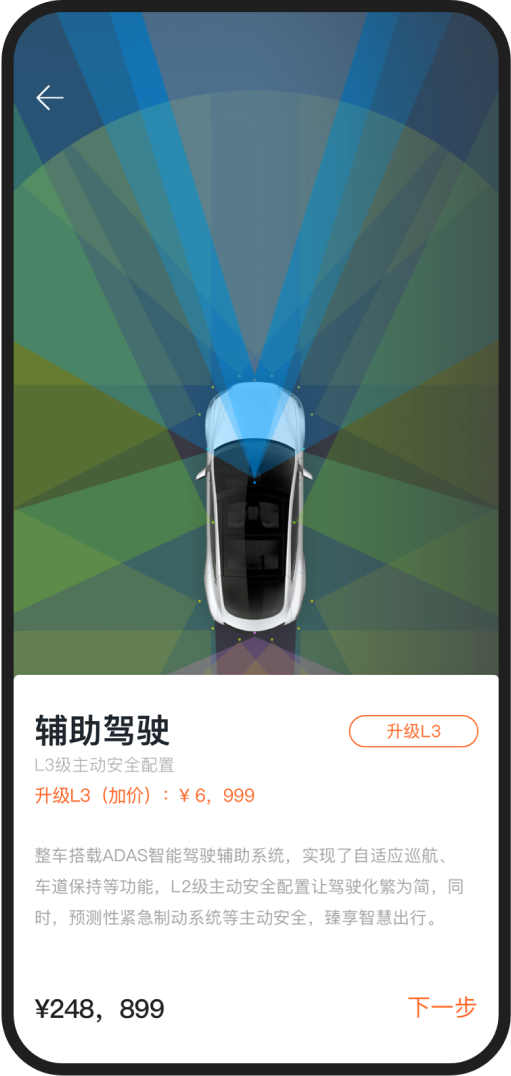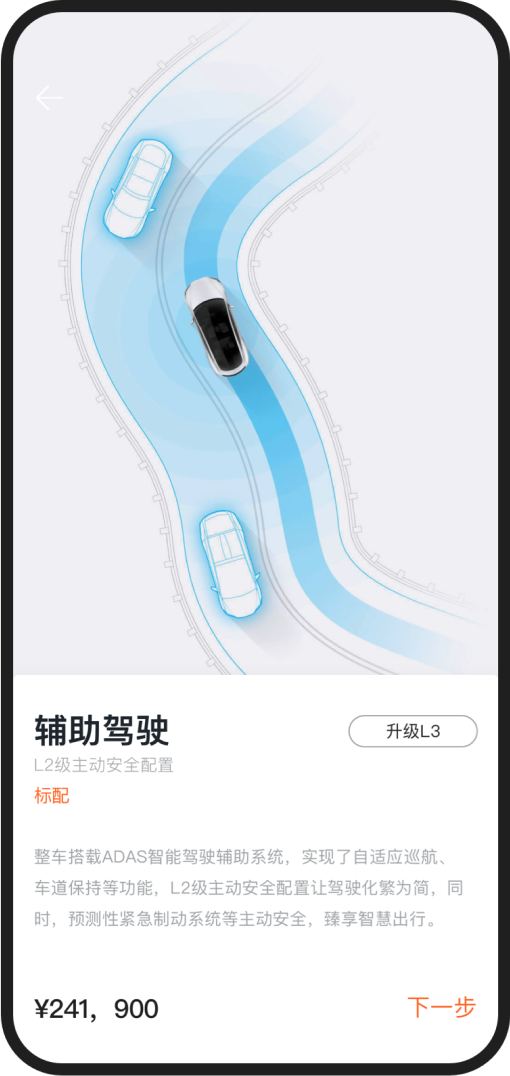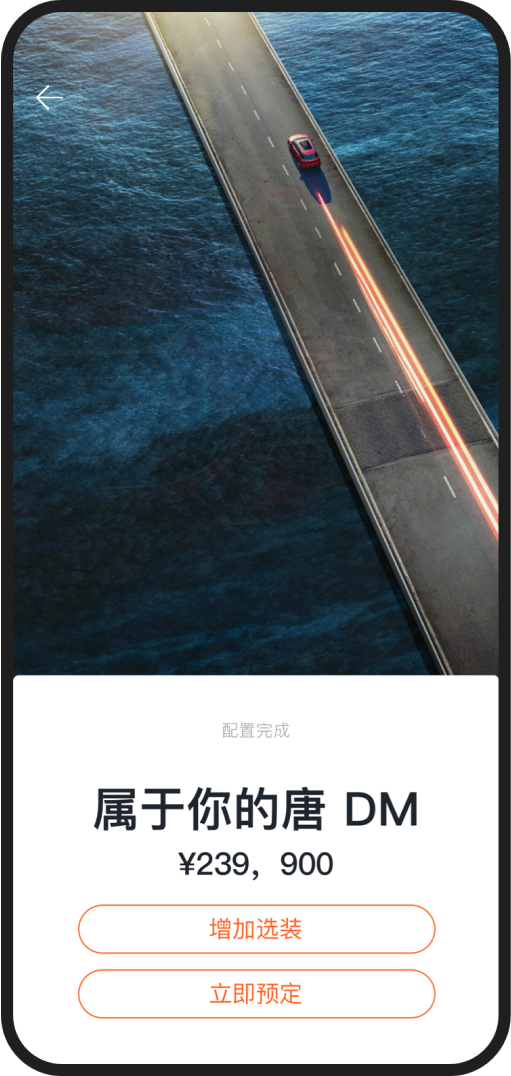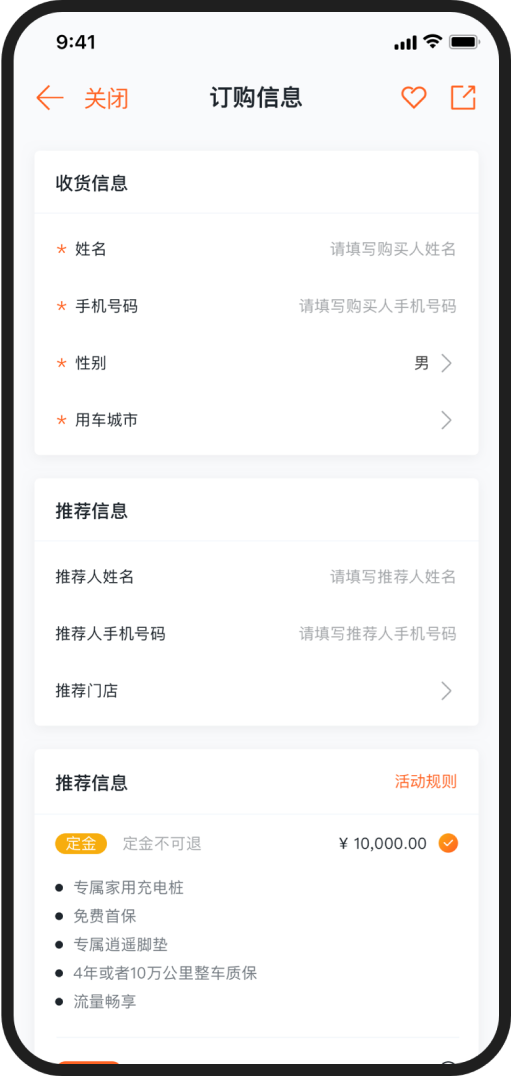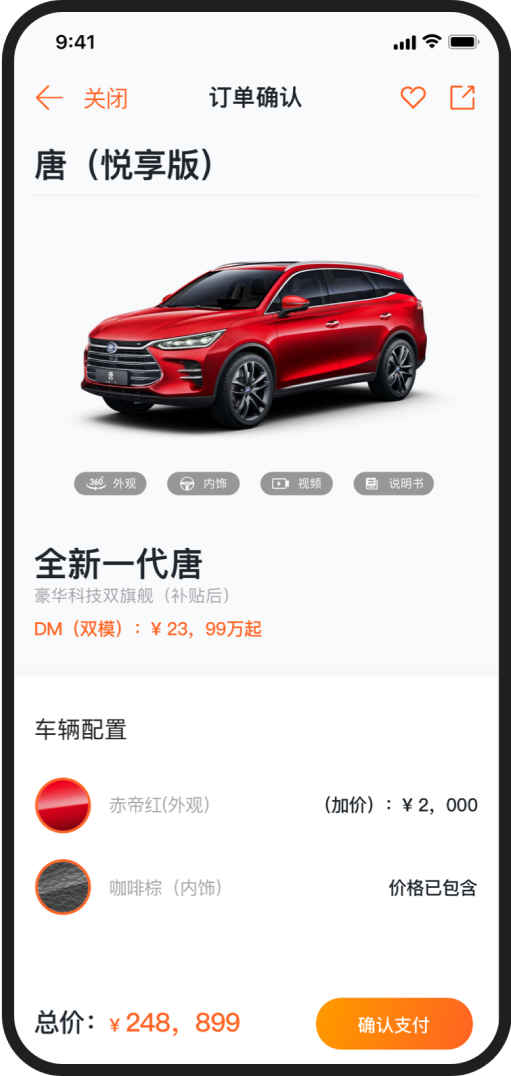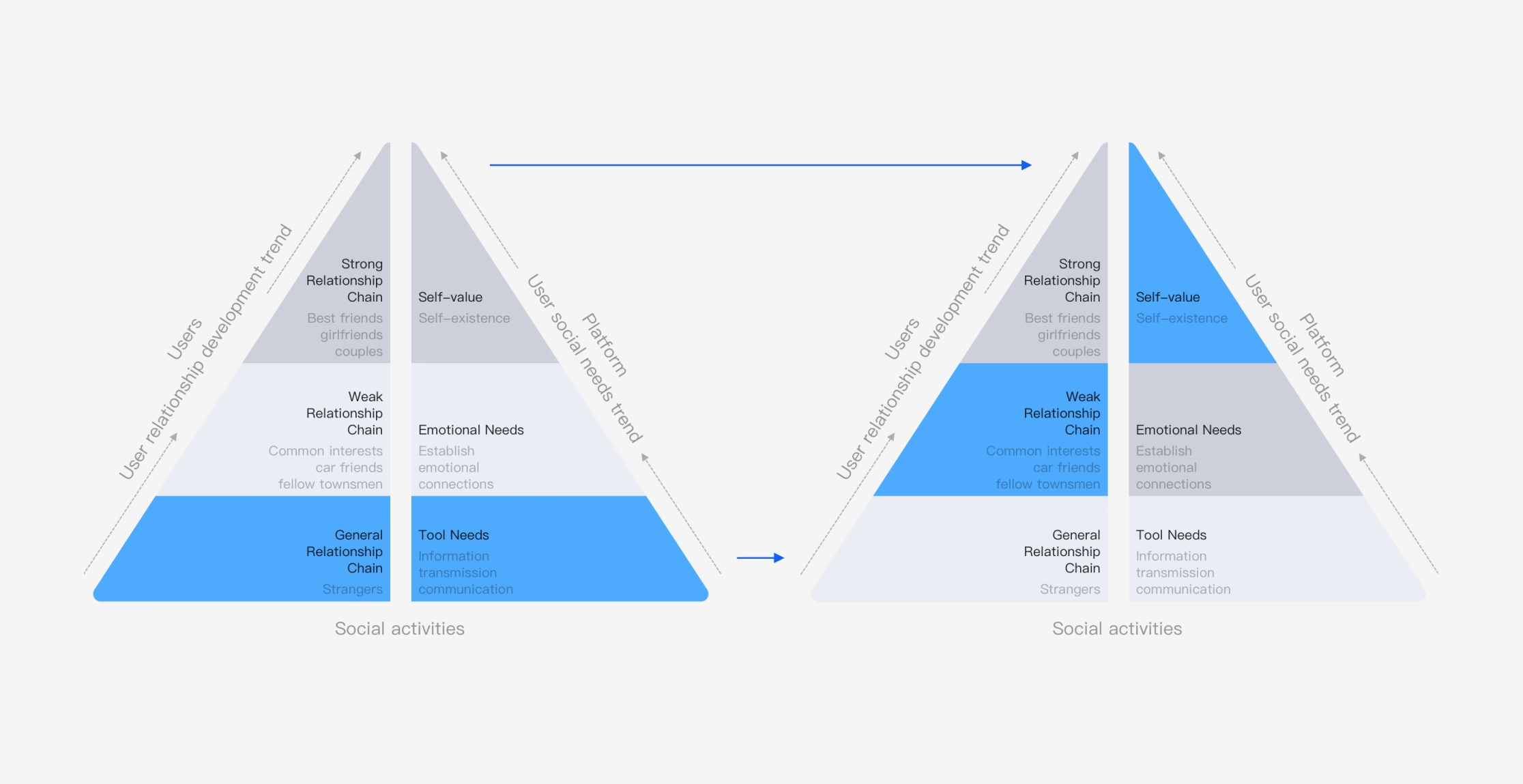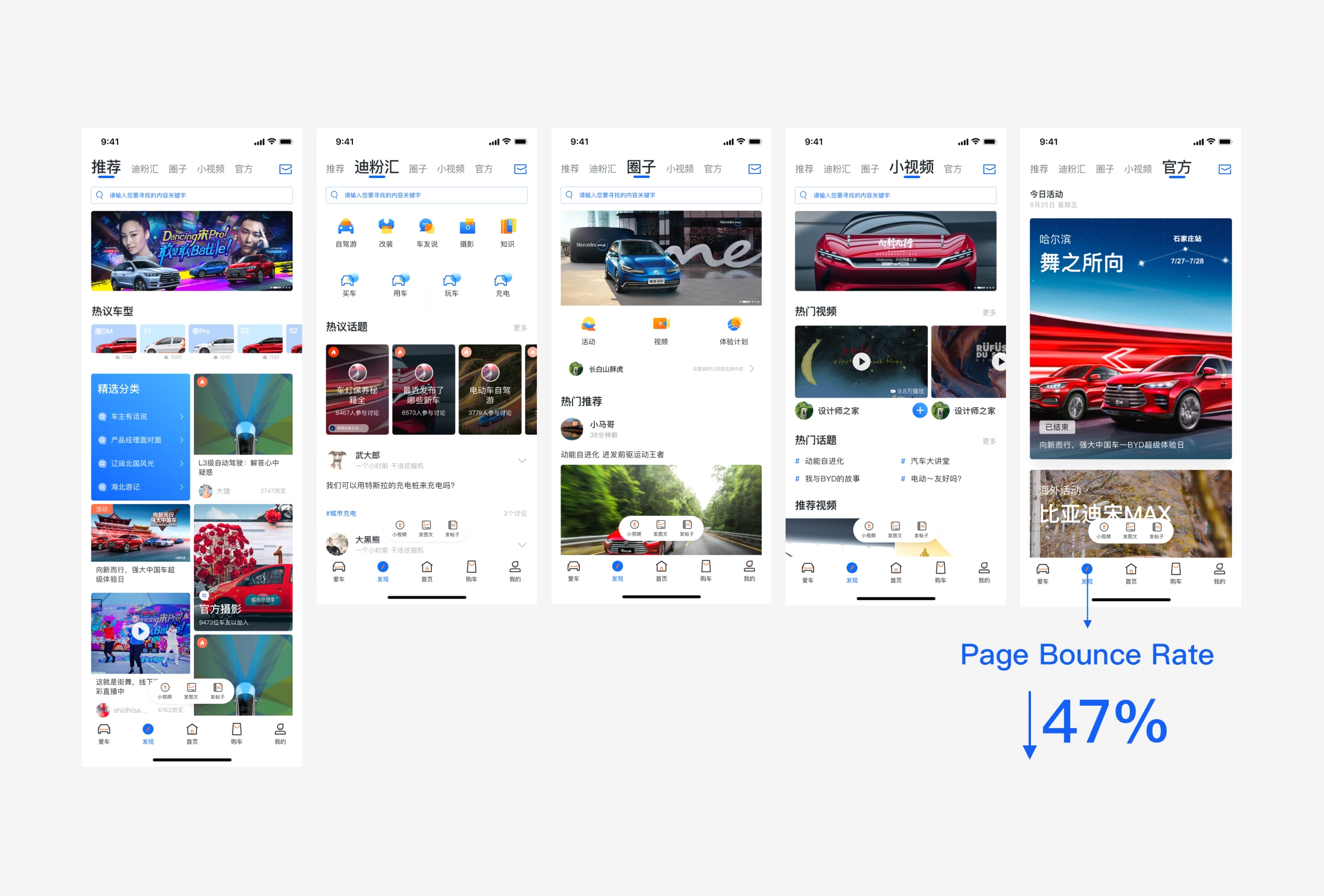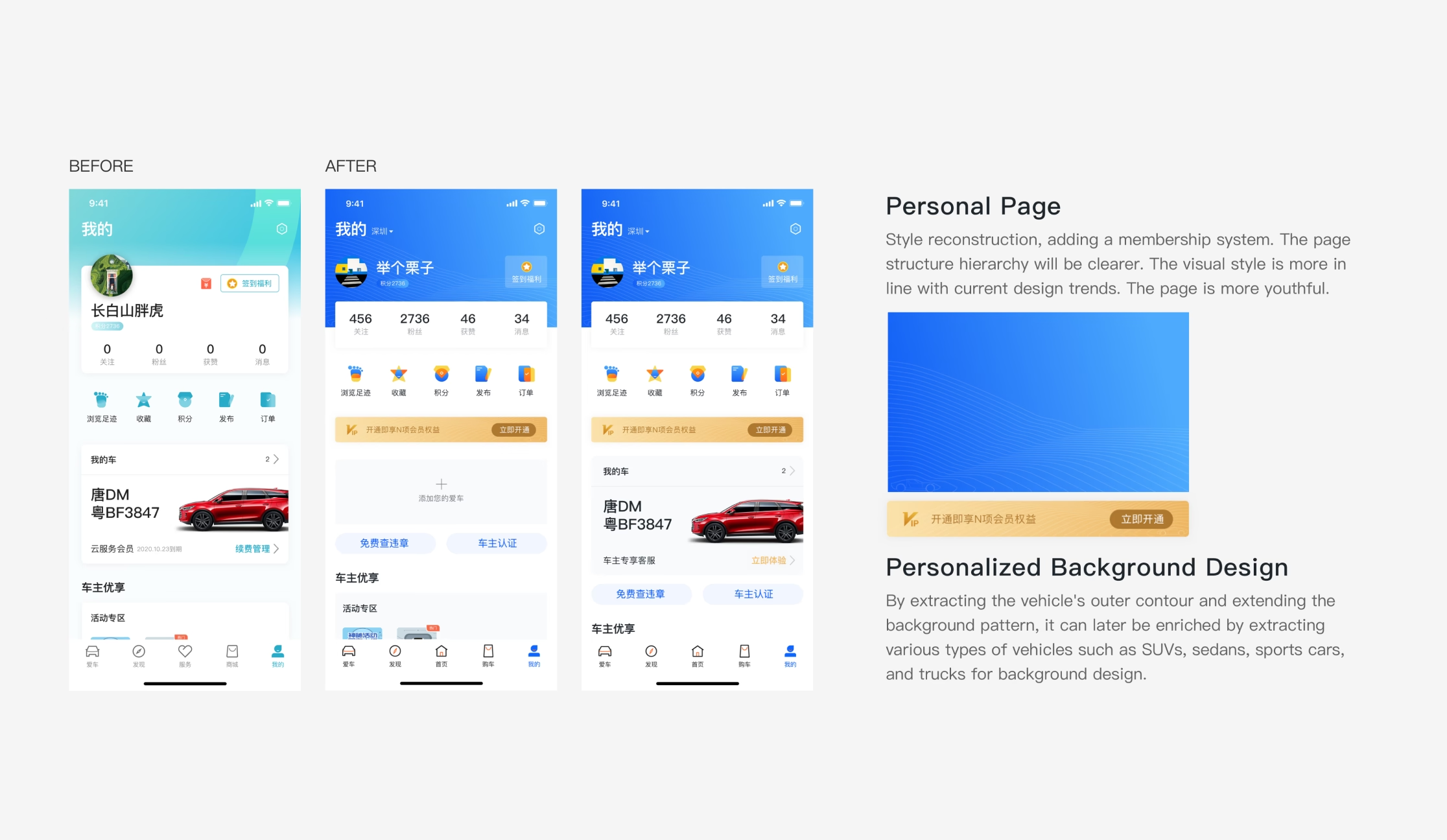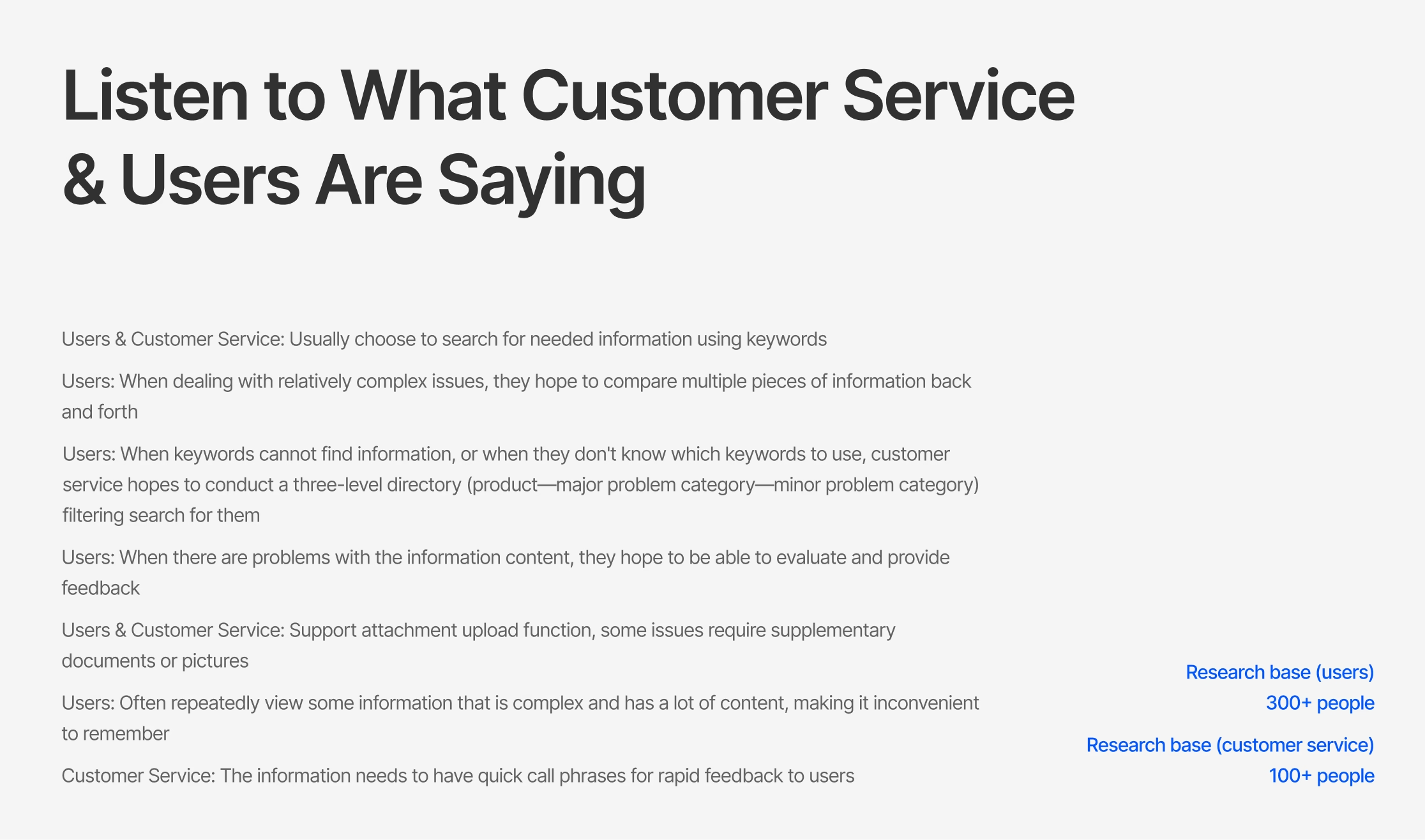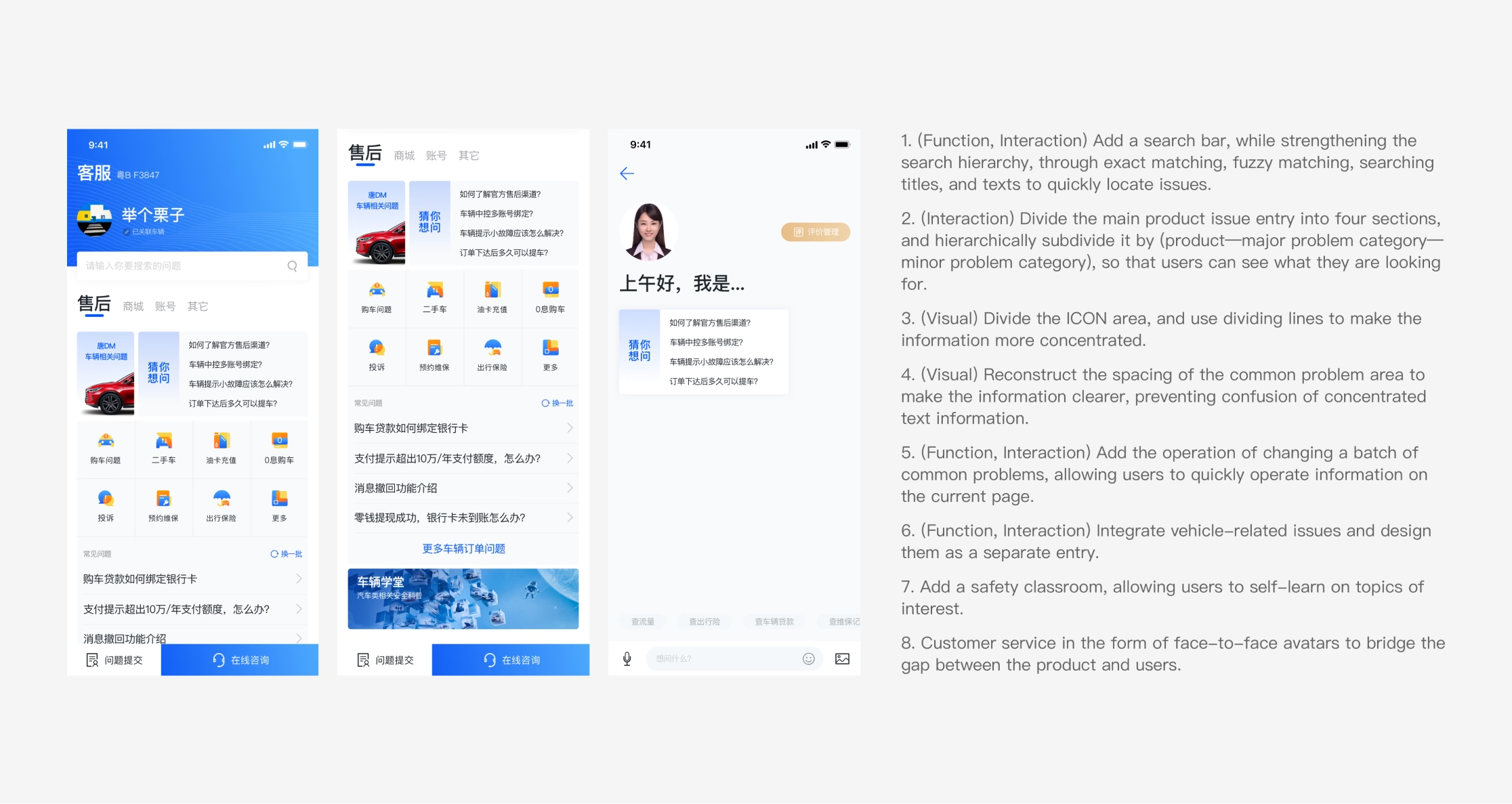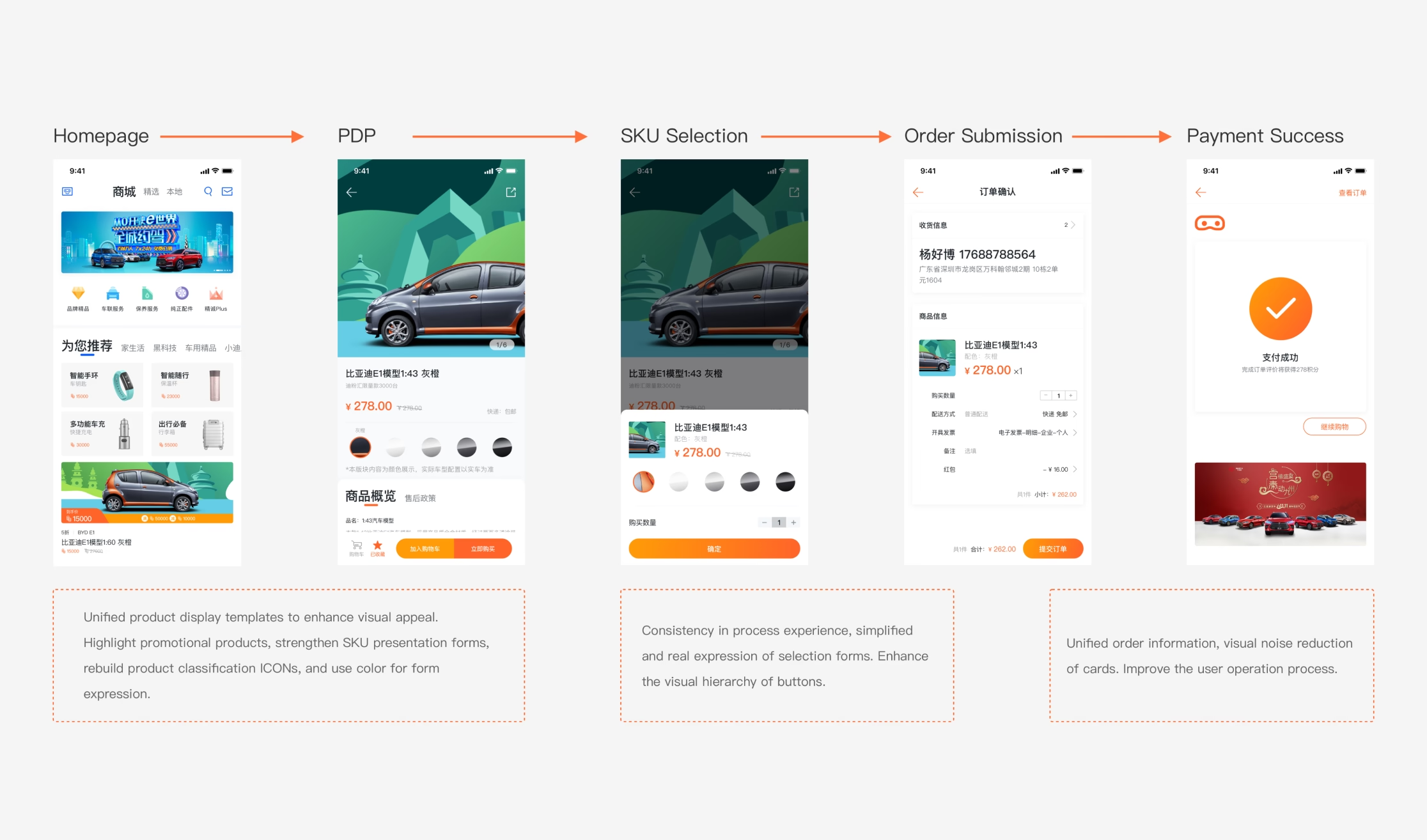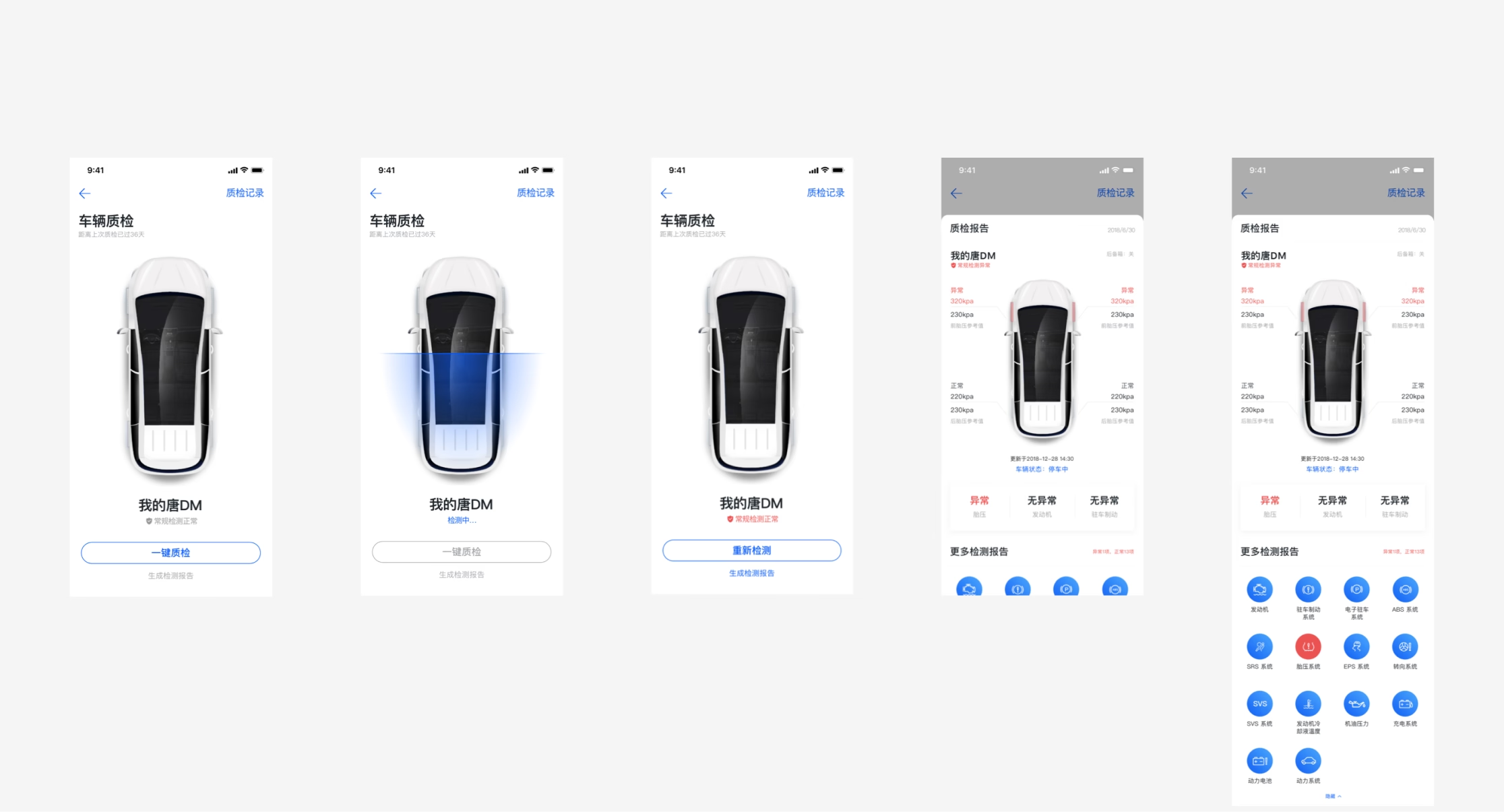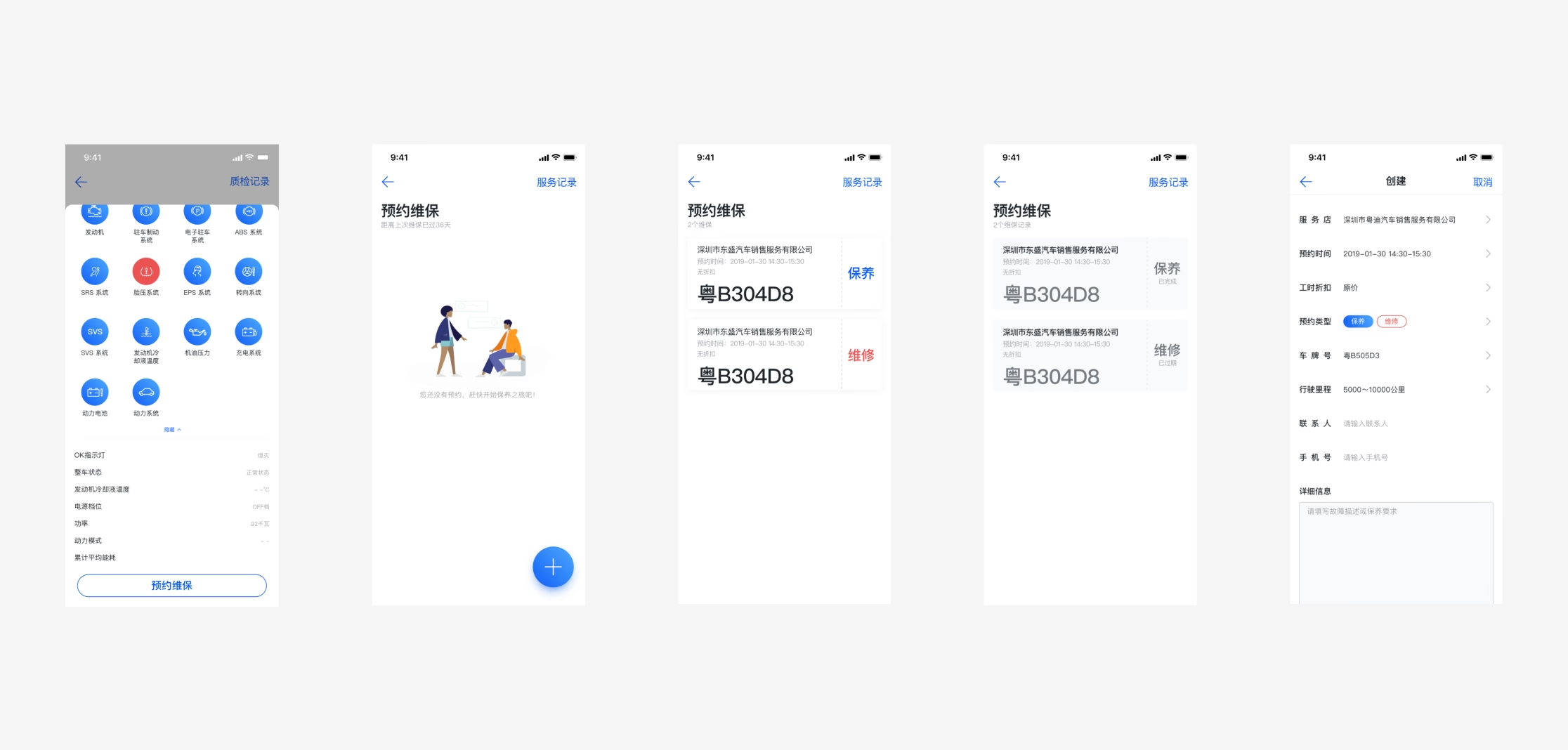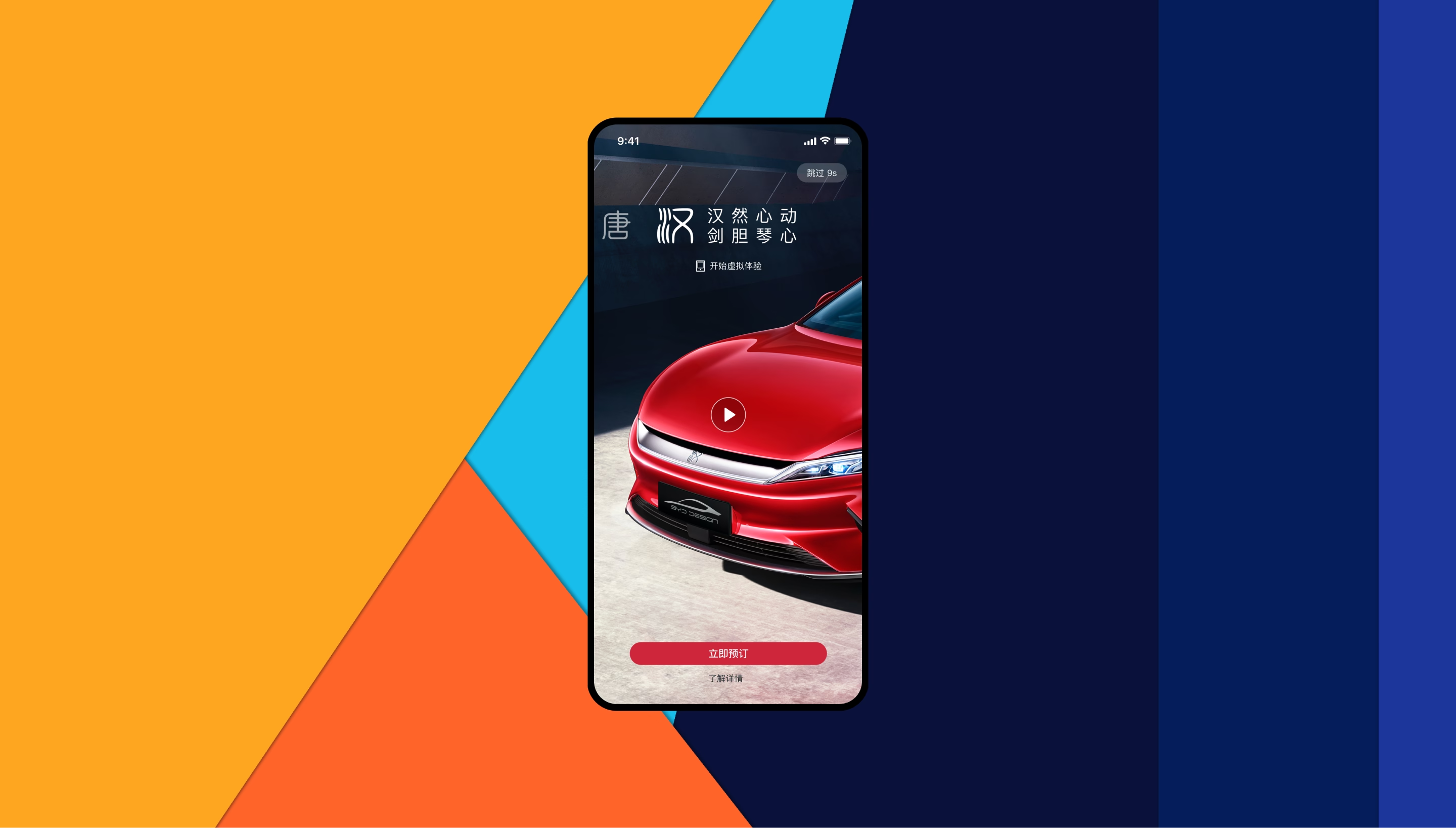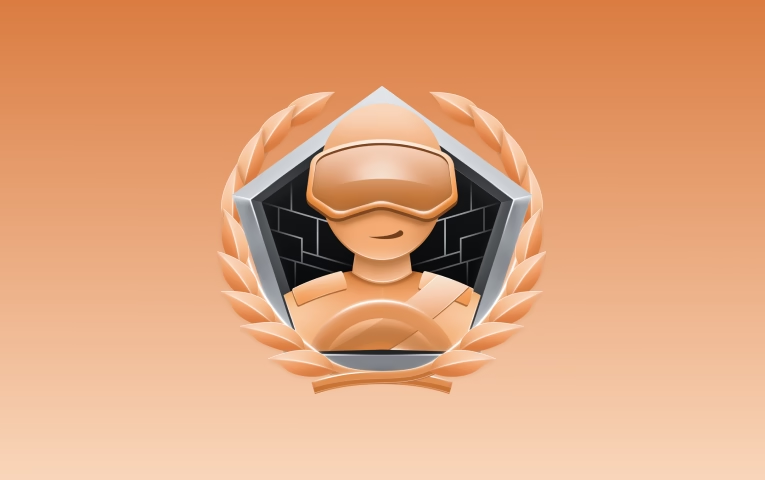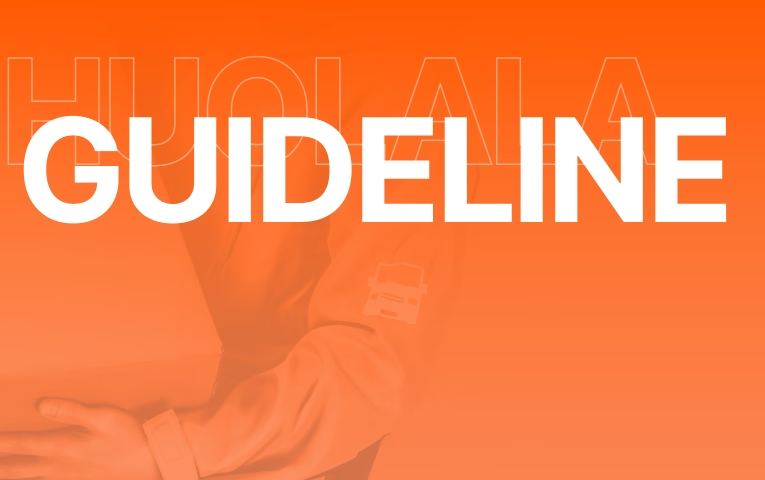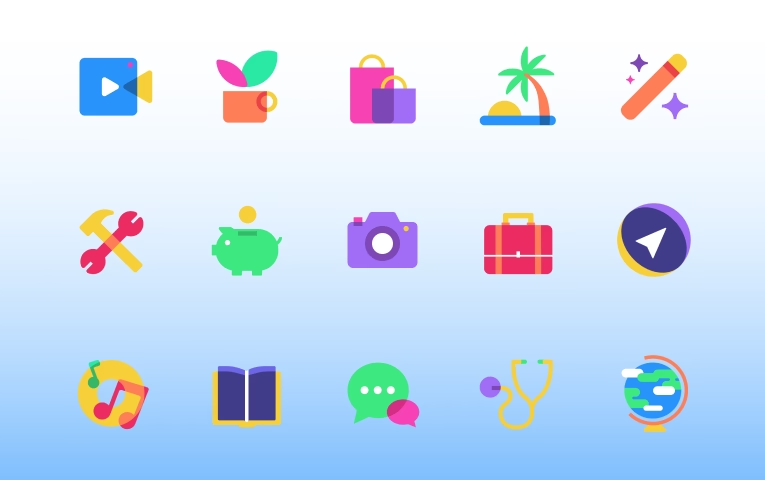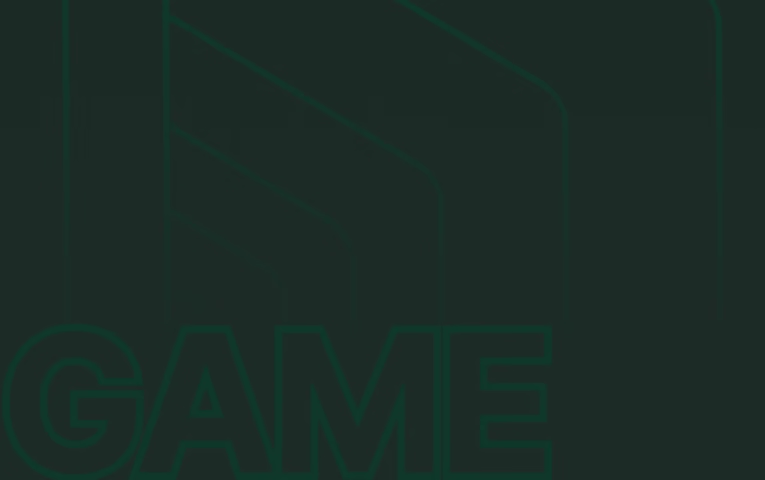BYD CLOUD 4.0
UI/UX Lead Designer and Product Manager
Project Background:
Vehicle sales are usually one-time transactions, making it difficult to further explore consumer value.Product sales are restricted by dealers, preventing direct access to consumers.Marketing channels are single, with limited product exposure.Additionally, the company's after-sales service has long been at the bottom of the automotive industry.The company has multiple account systems managed independently by different departments, leading to unintegrated and inconsistent data.Based on the above issues, a comprehensive restructuring of the current cloud service was undertaken.The product shifted from a tool-based product to a consumer service product.The goal is to provide value-added services for vehicles, enhance the overall user experience, and explore more commercial conversion possibilities for the company.
This project is a further iteration based on data feedback and research from the previous version's beta test.
The project uses an agile design process, collecting and analyzing data from multiple beta iterations through buried points and grayscale testing.This initiative promotes the formation of a project design team at the company level to ensure more standardized, professional, and unified design.
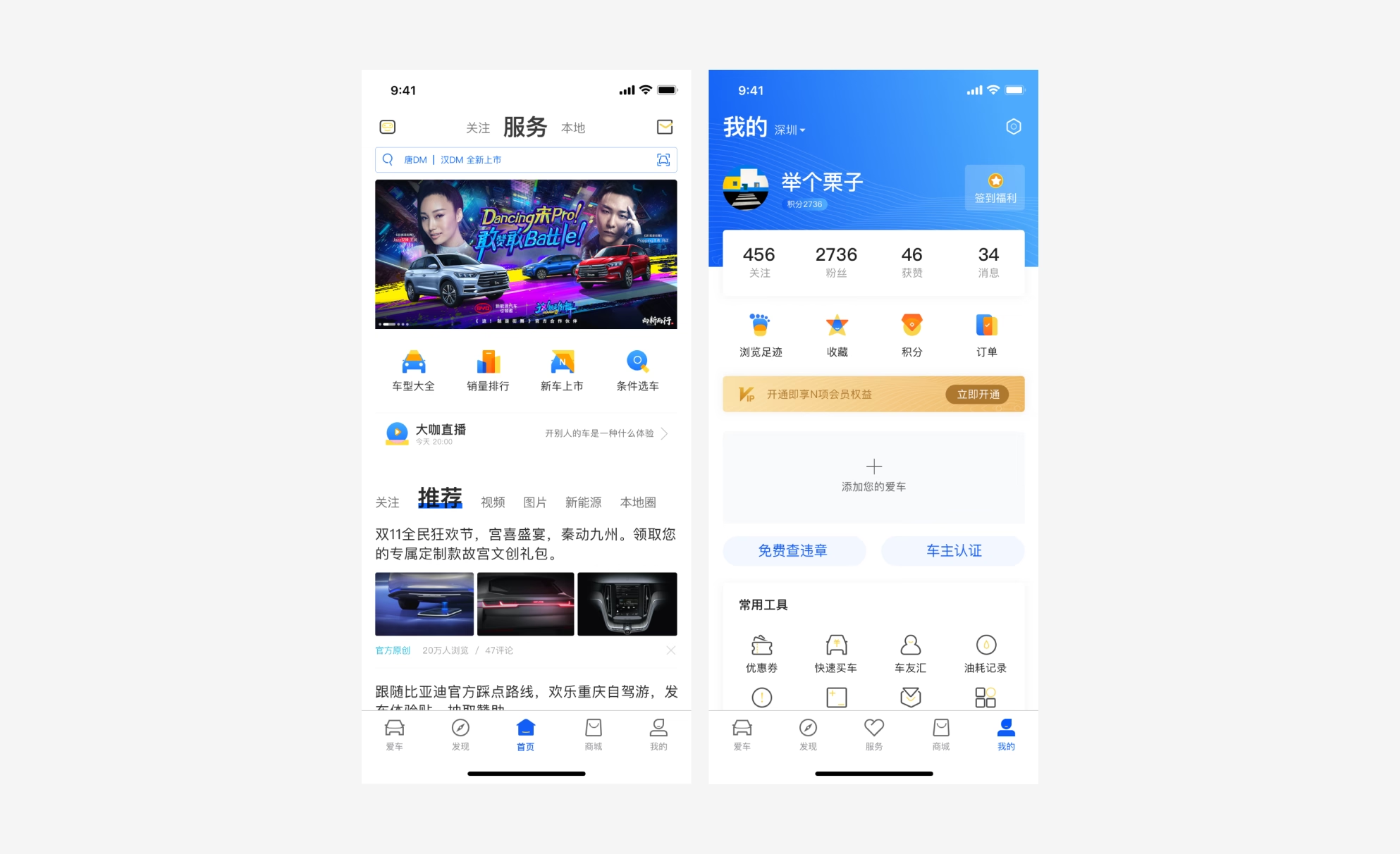
Incremental User Banner Entrance
Plan A is guided by an increment-focused strategy, attracting new traffic for commercial conversion through vehicle sales and exposure, albeit at the cost of existing users' experience.
The design style leans more towards current aesthetic trends.
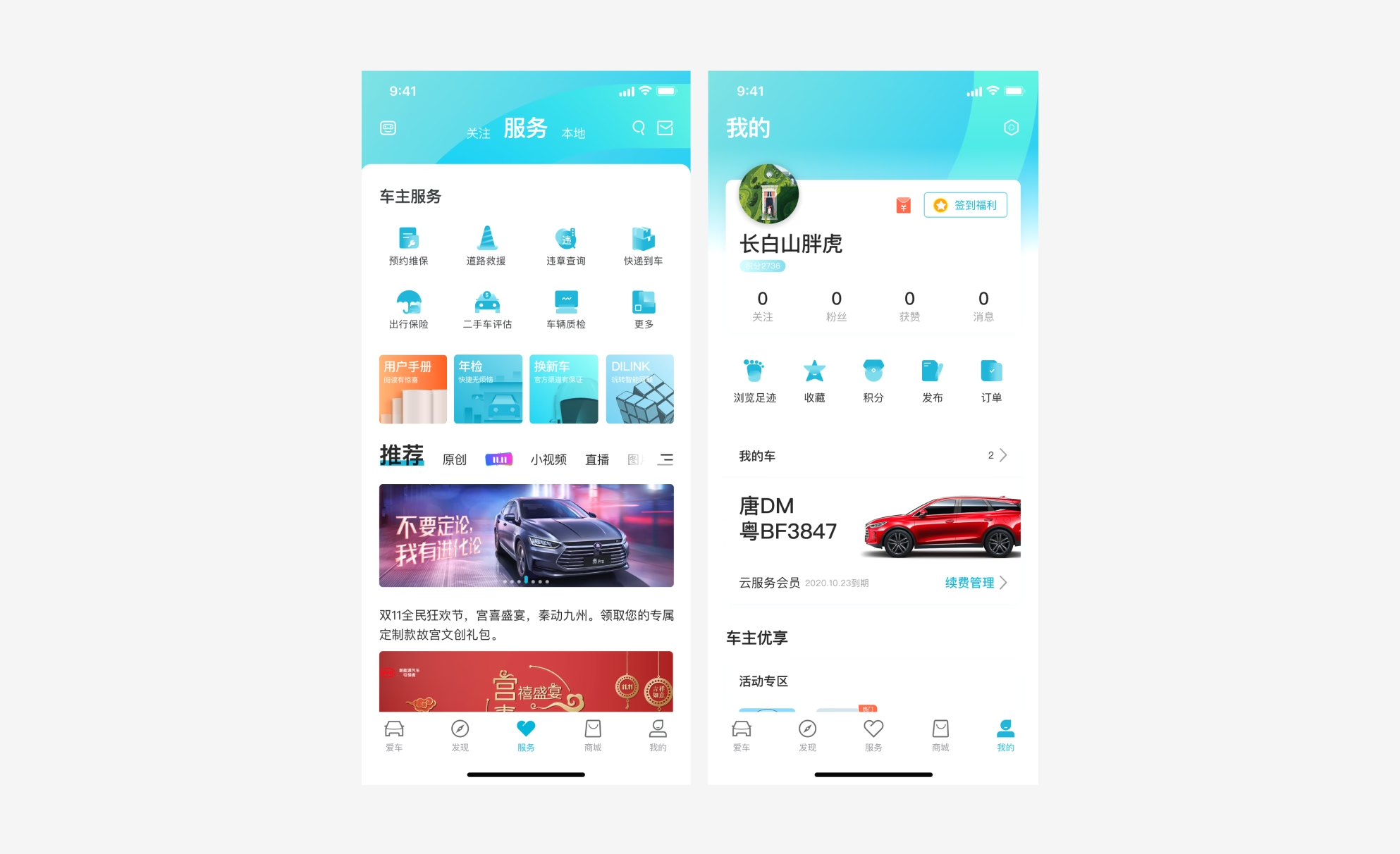
Stock-Focused Strategy(PlanB)
Plan B, compared to Plan A, focuses on stock by enhancing after-sales services to add value to vehicles.
It also retains quality UGC content on the homepage to achieve incremental goals.
The style emphasizes emotional enhancement and professionalism.
Through initial internal company reviews and small-scale user gray release, Plan B, focusing on stock, was ultimately adopted
The reason is that the current users are mainly BYD owners, and at that time, BYD owners were generally older.
Due to the generally older age of company leaders, the design style chosen was more conservative.
However, I personally prefer Plan A and will promote it as the goal in subsequent phased internal beta optimization iterations.

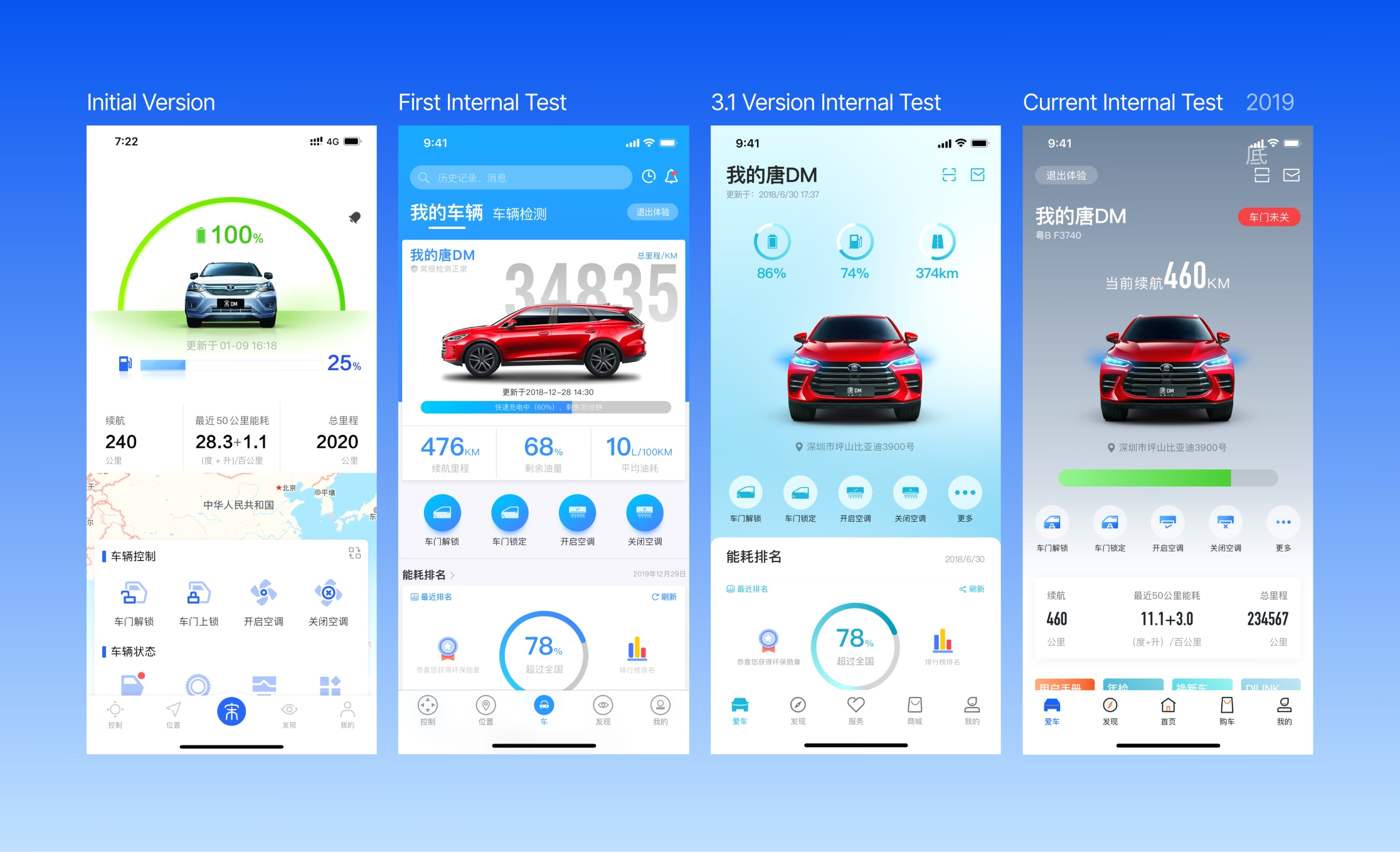
Evolution
Initial Positioning
At that time, BYD's internal data (pre-sales, after-sales, mall, community, finance, etc.) was independently operated by different departments and not interconnected within the group.The beta version was aimed at obtaining relevant account data to demonstrate the necessity of the redesign through limited beta data.
3.1 Beta Test:
The 3.1 beta data clearly showed that while owner services were a product focus, they were not frequently used by users. Combining beta data and research, I persuaded leaders to adopt the increment-focused Plan A and further deepen its design.
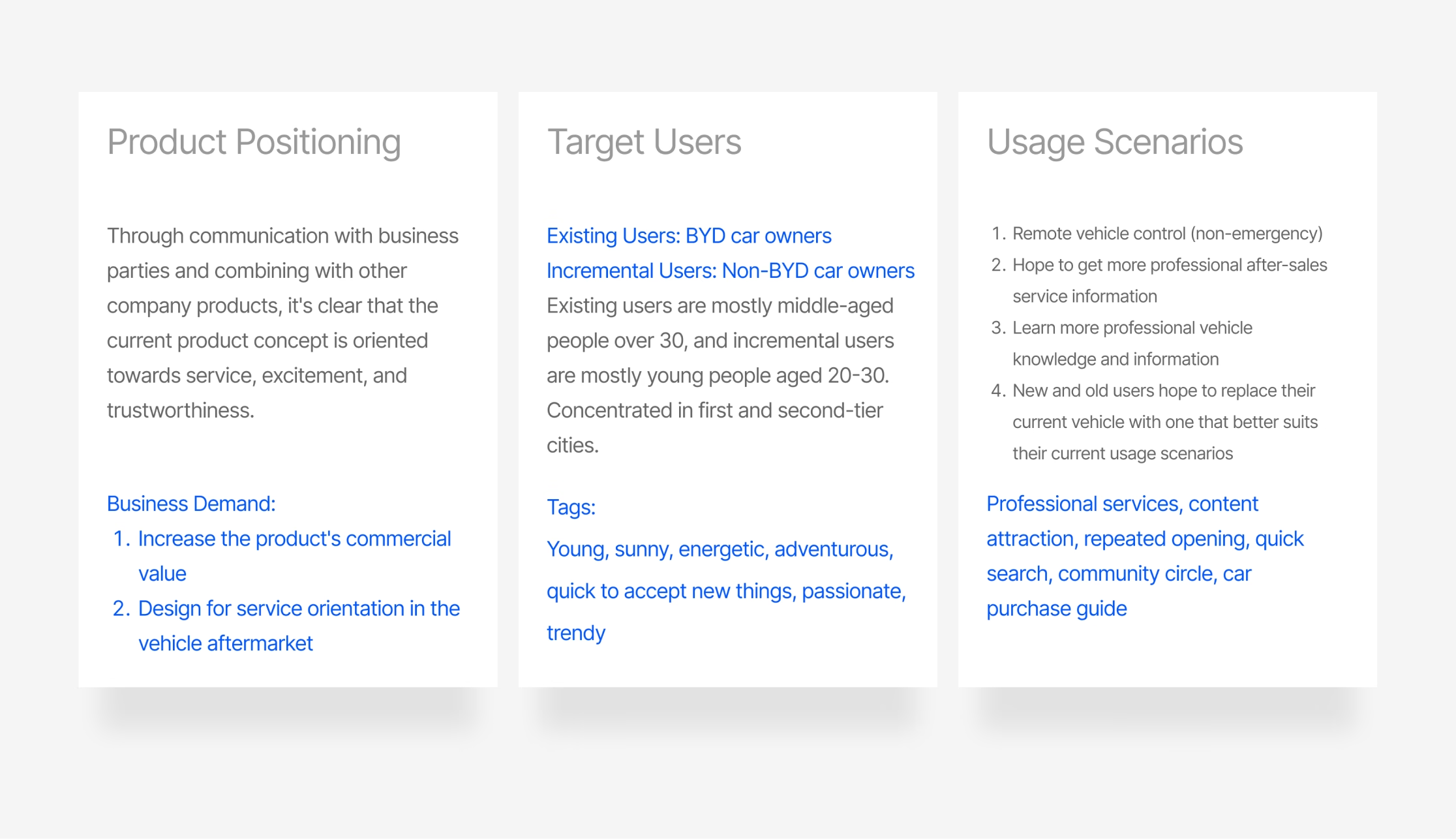
Initial Positioning
Qualitative/Quantitative/User/Scenario/Methodology
Core Demands:
Efficiency-oriented, exploring stock, pursuing increment, rich content, professional and credible brand, strong car purchasing atmosphere.
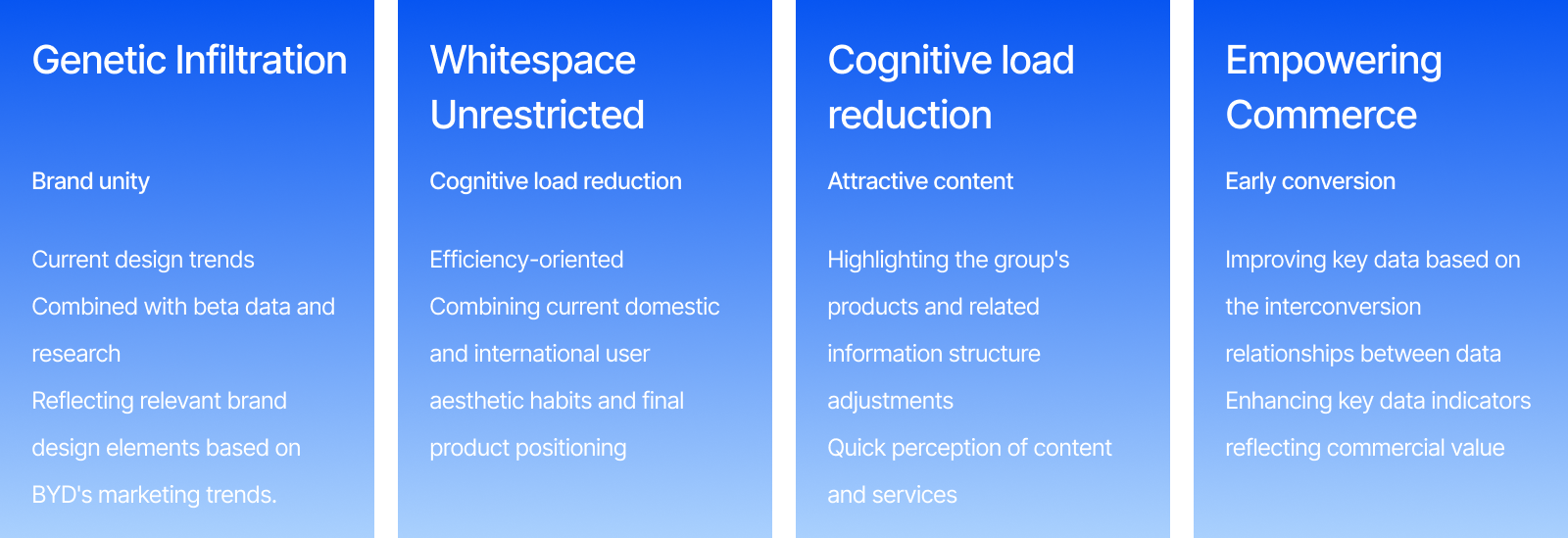
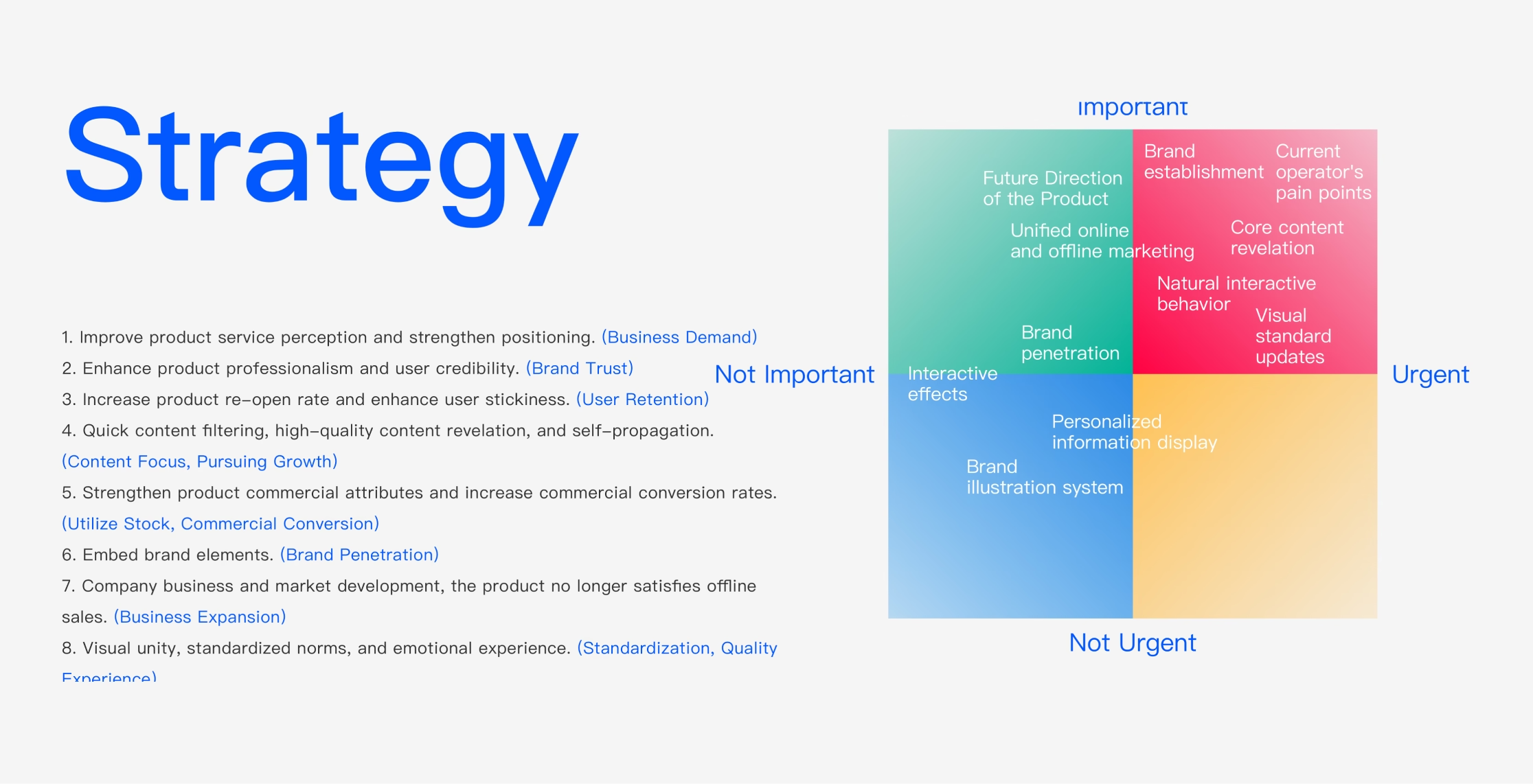
Strategy
Strategy/Priority
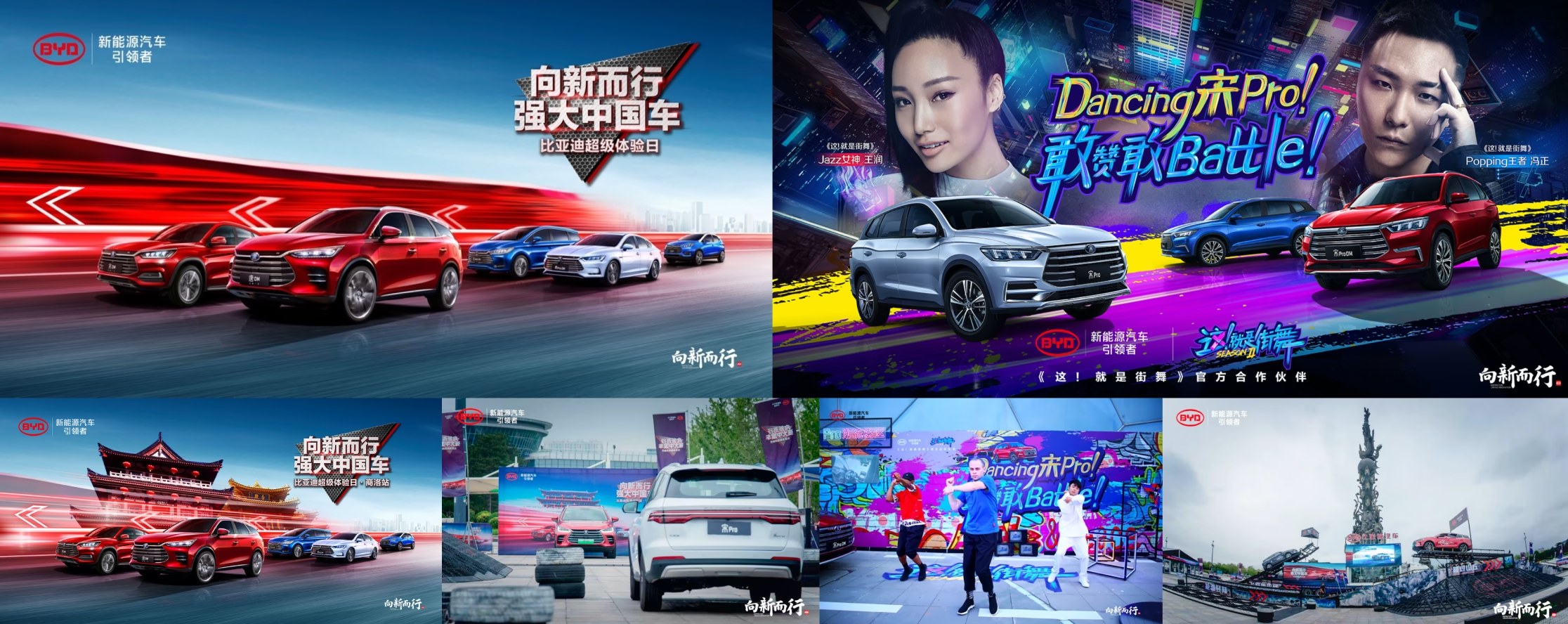
Color Validation
Through communication with the group’s brand PR department and product design department, it was decided to adopt blue as one of the main colors of the company's current product. To enhance the product's youthful attributes, blue gradients were added, and blue's complementary color, orange, was used for color assistance.
It can also well reflect the product's youthfulness, trendiness, enthusiasm, liveliness, and intelligence.
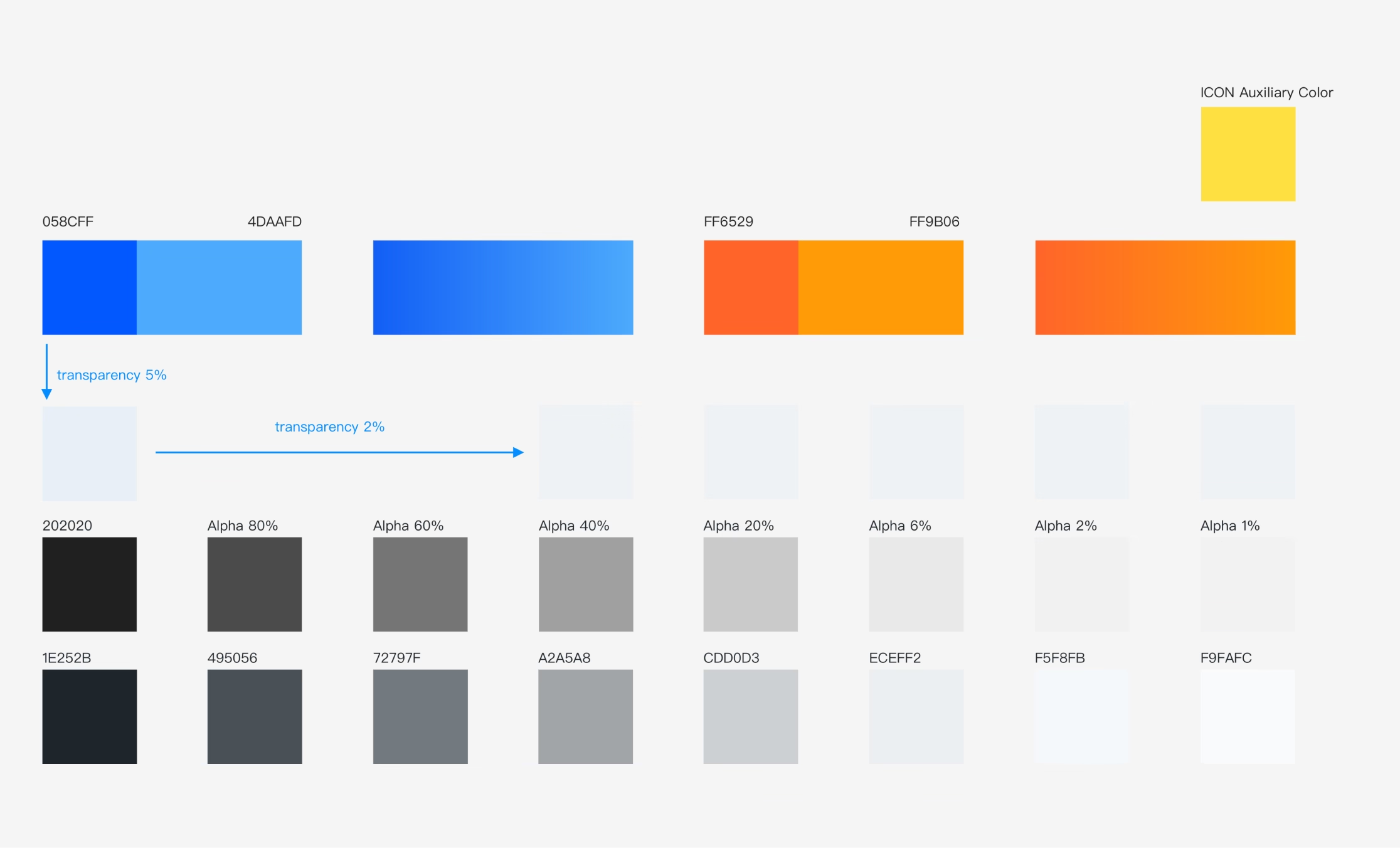
Color
Font color, primary color, auxiliary color
